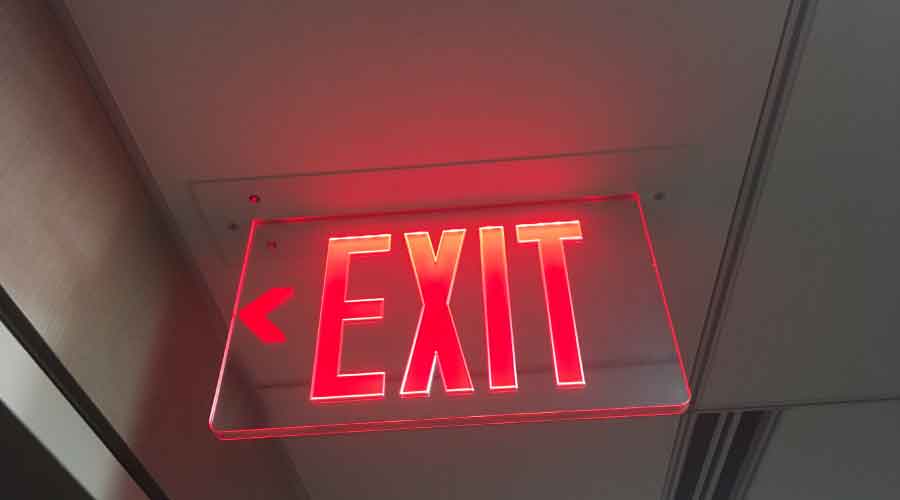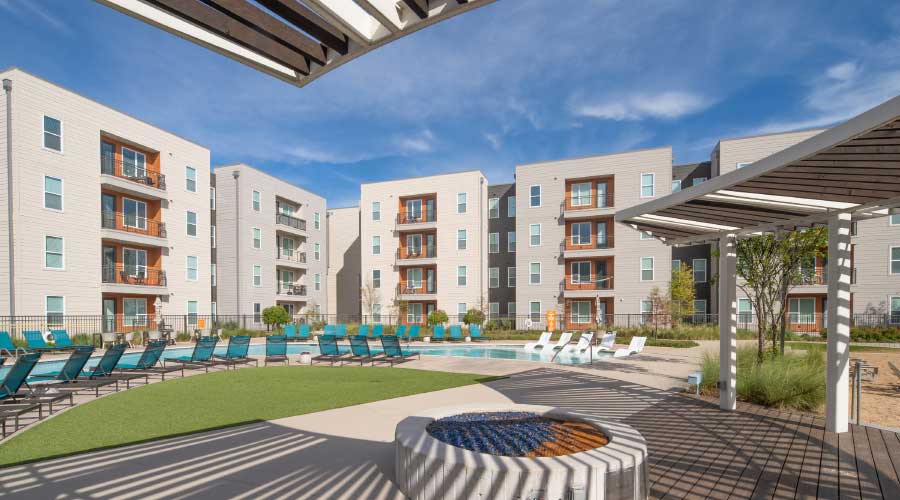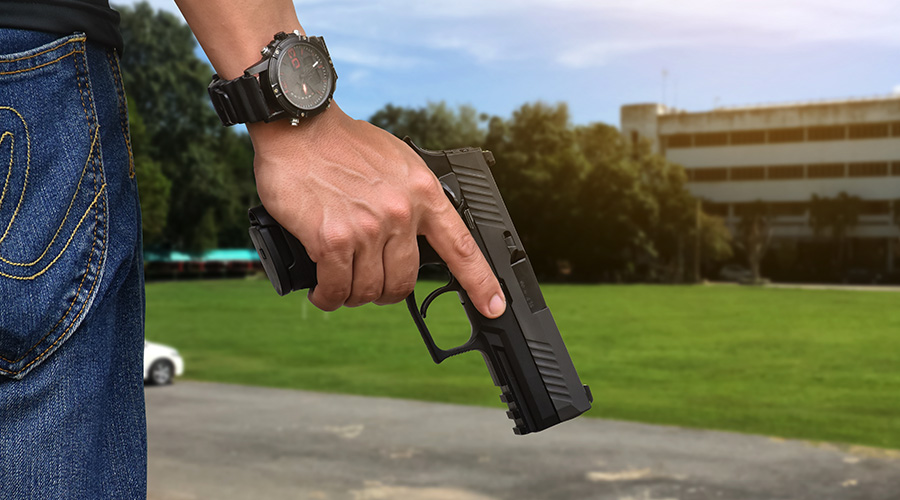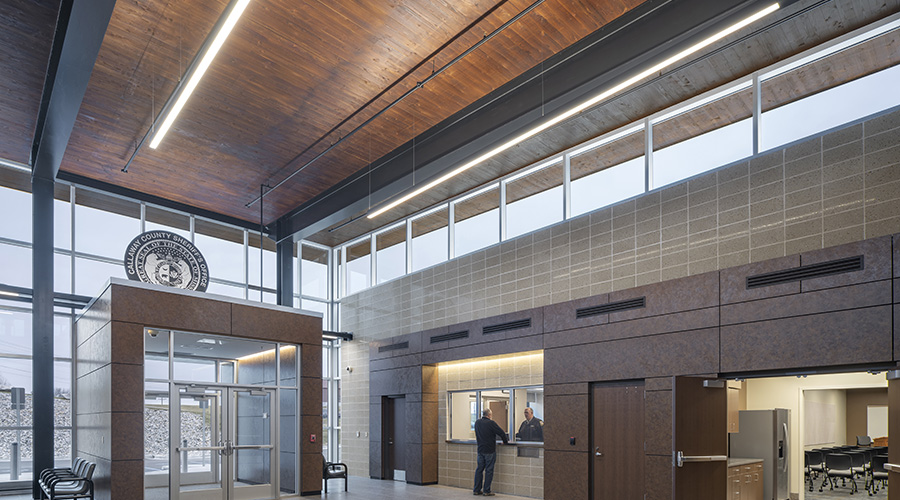4 Steps to Mitigate Active Shooter Threats
Strategies to lessen the threat in buildings posed by active shooters need not break the budget
By Daveed Gartenstein-Ross, Matt Chauvin, and Megan Proudfoot, Contributing Writers
Some of America’s recent high-profile tragedies once again underscore the connection between building design and keeping people — customers, staff, students, tenants — safe from harm should crisis strike. These crises have initiated a national discussion about the responsibilities of facility managers.
Among many other failures — not the least of which was a bungled police response — one important facet of the May 2022 mass shooting at Robb Elementary School in Uvalde, Texas, was a design failure. On the morning of May 24, an 18-year-old gunman entered the school’s west building through an unlocked exterior door, and a little over an hour later, the attacker, 19 students, and two teachers lay dead.
The failures of Robb Elementary’s security measures were investigated and exposed in the aftermath of this tragedy. Put simply, the school was not adequately prepared for an armed intruder.
Nobody seriously denies at this point that mass shooters in indoor spaces pose a grave threat to Americans. We have seen shooters claim lives in schools, malls, tourist attractions, places of worship, and commercial office buildings, among other spaces.
Hardening “soft targets” makes eminent sense against this backdrop. In public discussion, two sets of reasonable objections (as well as several sets of unreasonable objections) have been raised to doing so.
The first reasonable objection is that overtly securitizing a building makes it feel unsafe. Securitization measures can emphasize the fact that people within face a threat, and at worst it can make them feel encaged. Think, for example, of a school surrounded entirely by barbed wire, in which every single entrance has a metal detector. This set of concerns — that securitized architecture can heighten the perceptions of a threat and ruin a building’s architectural design — prompted the creation of the concept of crisis architecture, which has garnered increasing attention in the intervening years.
Crisis architecture is a set of principles that can make our public spaces safer from the threat of mass shootings while preserving the form, the function, and even the beauty that we expect of our buildings and public spaces.
The second set of concerns relates to the cost of implementing crisis architecture principles in a building. Many facility managers who would like to implement crisis architecture principles fear that they lack the financial means to do so.
However, crisis architecture can, in fact, work on a budget.
Crisis architecture on a budget
Crisis architecture is a set of interlocking principles meant to both protect individuals from mass shootings and to avoid the pitfalls of overtly securitized architecture. Implementing crisis architecture principles in a building need not be expensive. Retrofitting a building or reorganizing it according to crisis architecture principles can be done on the cheap. Many cost-effective principles can be easily implemented to improve a building’s physical layout and better protect its people.
Indeed, many buildings currently waste money by implementing some security measures while not thinking through how all aspects of design connect to one another in the event of a crisis.
For facility managers trying to implement crisis architecture on a budget, the first step should be setting a budget and working backward from there. The money that any facility manager can devote to security measures will be limited. Understanding specific budgetary constraints can help a facility manager ensure that a building puts in place integrated defenses linked to desirable terminal outcomes within the applicable spending limits.
“Desired terminal outcomes” means that there are generally three natural outcomes to an attack in which the targets survive: fight, flight (escaping the building), or shelter in place (surviving the attack by reaching a safe place within the building). If safety measures are implemented without an eye to a successful terminal outcome, these measures can be rendered irrelevant or worse.
For example, in the notorious December 2012 Sandy Hook Elementary School attack, the teachers perfectly executed their shelter-in-place protocols. Their efforts were frustrated, however, by the fact that the doors to their classrooms would not lock from the inside. There was thus a mismatch between the school’s drill (which assumed that students would be safe if they sheltered in place) and the building design (which prevented the classrooms from being safe places to shelter in place because the doors would not lock). Twenty-six students and teachers died in that attack, 23 of them in the school’s classrooms.
With the need for integrated defense linked to a terminal outcome in mind, here are four principles of crisis architecture that most lend themselves to mass-shooter defense on a budget.
1.) Provide adequate cover and concealment. Design elements that provide cover and concealment are central to the crisis architecture paradigm because they facilitate the creation of distance from an attacker and can help targets move to an exit or shelter-in-place location.
Inexpensive methods of providing cover and concealment can be as simple as rearranging furniture, adding more furnishings (especially those that can stop a bullet), or placing large plants in strategic positions to avoid the dangers posed by long straight halls where people have no place to avoid being seen. More permanent hardened artistic or structural features — such as fountains or support beams — can be added to hallways, foyers, and assembly areas to limit a shooter’s line of sight.
Smoke obscuration systems that can be triggered by a gunshot or a person pressing an alarm can be incorporated into evacuation routes to provide added concealment in the case of an attack.
2.) Employ “human-centered design” concepts. As victims of active shooter incidents are commonly untrained and unprepared, they are often consumed by excessive adrenaline and succumb to their innate fight, flight, or freeze response. Human-centered design can help.
Human-centered design seeks to understand the most likely course people will take in these situations, such as hiding under or behind the closest piece of furniture or running haphazardly toward an exit. Buildings can implement inexpensive measures designed to align with these instincts to maximize the safety of people whose rational thought capability is likely compromised.
One simple way of incorporating human-centered design is illuminating exits with colored or flashing lights to draw attention to them. Human-centered design can also be used in coordination with cover and concealment measures. For instance, color and shape can be used to make cover obvious, such as painting the walls by a designated shelter-in-place location an attention-grabbing color.
Through these measures, design can enhance the instinctive human desire to survive an attack.
3.) Allow exit from numerous points in the building. Allowing for numerous exits will prevent people from being trapped in a particular space and ease congestion that occurs when evacuating.
Standard exits are one way to accomplish this goal, but non-standard exit points – such as pop-out windows and emergency rope ladders, escape chutes, or high-rise escape systems for upper-story rooms – are other inexpensive remedies. Buildings can be retrofitted affordably to provide non-traditional egress points.
4.) Enable rapid hardening of a facility. Most casualties in mass shooter incidents are inflicted in a short period after the attack begins. Integrating features that can rapidly harden a structure can alleviate this dynamic.
Some relatively rapid hardening measures include pushbutton deadbolts for shelter-in-place locations, automated window coverings, and electronically controlled interior ballistic doors (like existing fire doors). Though this recommendation is somewhat more expensive than the others, it has two advantages. First, rapid-hardening measures can overlay an existing design and thus help building managers avoid the expense of a more expensive retrofit. Second, rapid hardening allows a building to maintain its full form and function until defense against an aggressor becomes necessary.
Implementing a comprehensive strategy
As mass shootings continue to occur in public spaces, it is important to recognize the role of the built environment in mitigating mass attacks. Crisis architecture uniquely allows the preservation of a building’s function and aesthetics while increasing survivability in the face of an attack. Facility managers should not be deterred by their perception of costs from proactively constructing or retrofitting buildings with crisis architecture principles. Crisis architecture principles are not expensive to put in place, and security measures implemented without a design or safety paradigm can end up wasting precious financial resources.
These four critical crisis architecture principles that can make buildings more secure without breaking the bank. Crisis architecture can make a difference, and lives can be saved.
Daveed Gartenstein-Ross is the founder and chief executive officer of Valens Global, and he leads a project on domestic extremism for the Foundation for Defense of Democracies (FDD). Matt Chauvin is an analyst and Megan Proudfoot an intern at Valens Global. Both support FDD’s project on domestic extremism.
Related Topics:












